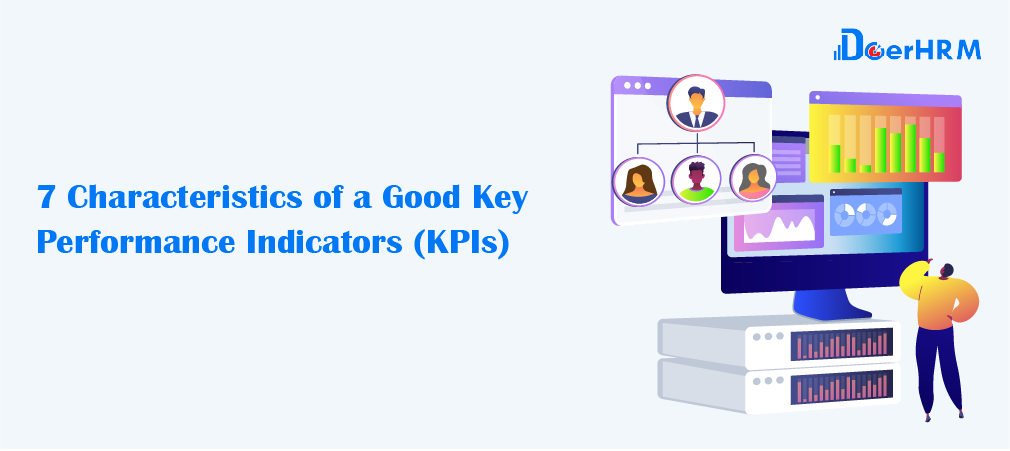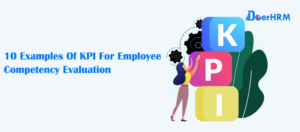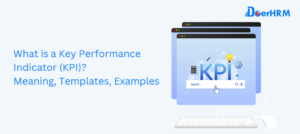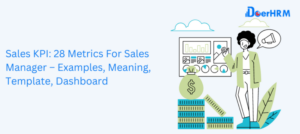For growing and competitive businesses, it is important to constantly evaluate operations. To track their most important business objectives, data-driven teams establish Key Performance Indicators (KPIs), a set of metrics the team commits to driving forward to bring them closer to their goals.
Using KPIs to track business objectives not only forces teams to ground themselves in data but empowers them to engage in a cycle of continuous improvement. After every campaign, metrics-driven teams can check to see how their activities impacted their KPIs, helping them become more effective over time.
7 Characteristics of A Good KPI
Whether you’re establishing KPIs for the first time or re-evaluating your team’s key metrics, keep these seven essential characteristics in mind:
Attributable
Service managers should be able to influence the performance measured by the indicator. If this is not the case, the incentives for making an effort to improve performance will diminish, and the performance indicators may be regarded as unfair, and discourage staff and managers.
Comparable
Indicators should ideally be comparable on a consistent basis both between organizations and over time. An essential aspect of the comparability of performance indicators is the inclusion of the context within which the comparison is taking place. External and internal circumstances can differ to such a degree that comparison is invalid.
Verifiable
The indicator also needs to be collected and calculated in a way that enables the information and data to be verified. The indicator should be based on robust data collection systems, and it should be possible for managers to verify the accuracy of information and the consistency of the methods used.
Visible
Another of the essential characteristics of an effective KPI is its visibility across the entire organization. Growth is achieved more easily when all employees are engaged and aware of the organization’s goals. While there may be parts of the organization that will not actively participate in effecting a particular KPI, making the goal visible will increase employee engagement and set a standard for accountability on future projects. Key Performance Indicators (KPIs) are an excellent way to measure the success of organizational and individual goals and these seven characteristics will encourage their success and longevity in any organization.
Easy to understand and use
It is important that indicators are described in terms that the users of the information will understand, even if the definition itself have to use technical terminology. Indicators focused on the public should avoid management jargon, or abstract concepts.
Cost effective
Another important criterion of a good KPI is to balance the cost of collecting information with its usefulness. Where possible, an indicator should be based on information already available and linked to existing data collection activity.
Allow innovation
The definition of an indicator ought not to deter organizations from developing innovative processes or coming up with alternative methods, systems or procedures to improve service delivery. PIs should ideally be constructed to allow such innovations take place.
Using KPIs to Boost Performance
Once you have collected quality data on your team’s performance, you can fill in the three components with which to fuel your continuous improvement cycle: Insights, Planning, and Actions. Ideally, your KPI data will provide Insights on a problem or opportunity in the field that you can address to improve your team’s performance. The Planning component involves analyzing the KPI data to decide when, where and with whom you will address that opportunity, and exactly what steps you should take to deliver the highest impact. Actions are the implementation of changes that reflect the improvements you’ve decided to make based on your data.
KPIs are just one way to collect the data you need to feed the cycle of continuous improvement that will help you and your team succeed in the field. The cyclical process drives peak performance and allows you and your team to make data-backed decisions with proven results.
To learn more about KPI tracking, download our complimentary KPI Mastery Course today. And if you are looking for a software solution to track KPIs, be sure to check out DoerHRM’s KPI tracking software.






